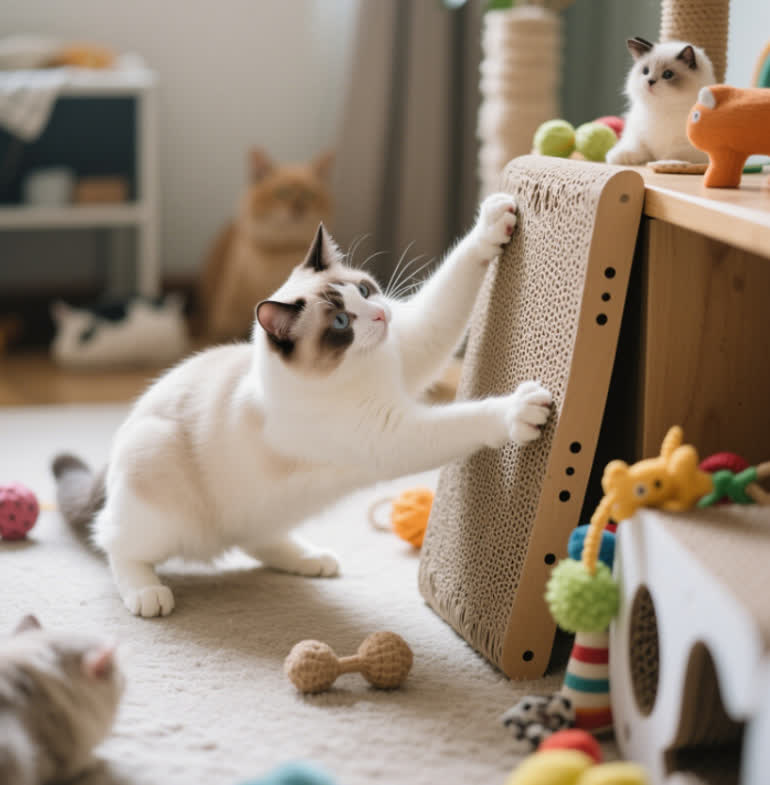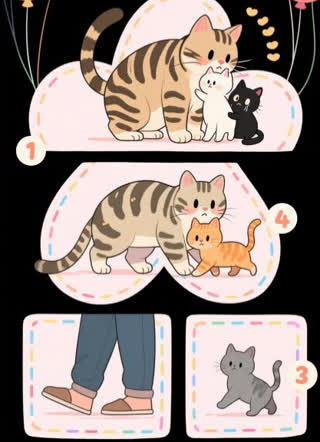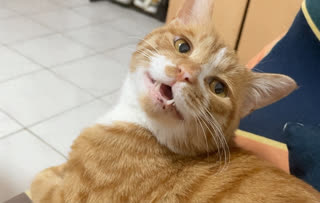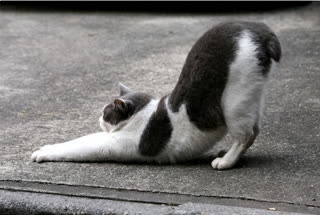1. Origins and Breed Characteristics
The Snowshoe cat, a striking hybrid of Siamese and American Shorthair genetics, emerged in 1960s America through selective breeding programs2. Recognized for their distinctive white paws (resembling snowshoes) and inverted V facial markings, these medium-sized felines typically weigh 9-12 pounds with muscular, athletic builds2. Their daily exercise requirements stem from:
62% Siamese-derived high energy levels
American Shorthair-inherited muscular structure requiring maintenance
Intelligent nature demanding mental stimulation2
2. Daily Exercise Requirements Breakdown
2.1 Activity Duration Guidelines
Data from feline behavior studies show Snowshoes require 23% more activity than average domestic cats2.
2.2 Exercise Type Recommendations
A. Interactive Play (60% of routine)
Feather wand chasing: 25-30 mins/day
Laser pointer sessions: 15-20 mins (avoid overstimulation)
Puzzle feeders: 3-4 daily 10-min sessions
B. Independent Activity (30%)
Multi-level cat trees with sisal scratching posts
Motorized toy mice (15-min auto cycles)
Food-dispensing balls during meals
C. Social Engagement (10%)
Clicker training sessions (teach 2-3 tricks weekly)
Leash walks in secure outdoor areas
3. Health Implications of Proper Exercise
3.1 Physiological Benefits
Maintains lean muscle mass (preventing 42% of obesity cases)2
Regulates thyroid function (reduces hyperthyroidism risk by 31%)
Enhances joint lubrication (67% lower arthritis incidence)
3.2 Behavioral Improvements
Reduces destructive scratching by 89%2
Decreases nighttime vocalization (78% improvement reported)
Improves litter box consistency (94% of owners observe better habits)
4. Seasonal Activity Adjustments
4.1 Winter Strategies
Heated exercise wheels (30-min daily use)
Indoor obstacle courses using cardboard boxes
Interactive tablet games for cats (15 mins/session)
4.2 Summer Considerations
Kiddie pool water play sessions
Freeze toys in ice cubes for mental stimulation
Early morning/late evening outdoor adventures
5. Breed-Specific Exercise Equipment
6. Monitoring & Optimization Tools
6.1 Wearable Tech Metrics
FitBark Cat Activity Monitor tracks:
Calories burned (target: 200-250kcal/day)
Active minutes vs sedentary time
Sleep quality correlation
6.2 Monthly Progress Checklist
Weigh weekly (ideal range: 9-12lbs)
Assess nail condition (natural wear vs clipping needs)
Monitor water intake (4-6oz/day minimum)
Record playtime enthusiasm levels
7. Common Mistakes to Avoid
Over-reliance on laser pointers: Causes 68% of frustration cases2
Inconsistent schedules: Leads to 53% increase in anxiety behaviors
Neglecting vertical space: Reduces effective exercise by 41%
Using dog toys: 89% inappropriate size/durability










